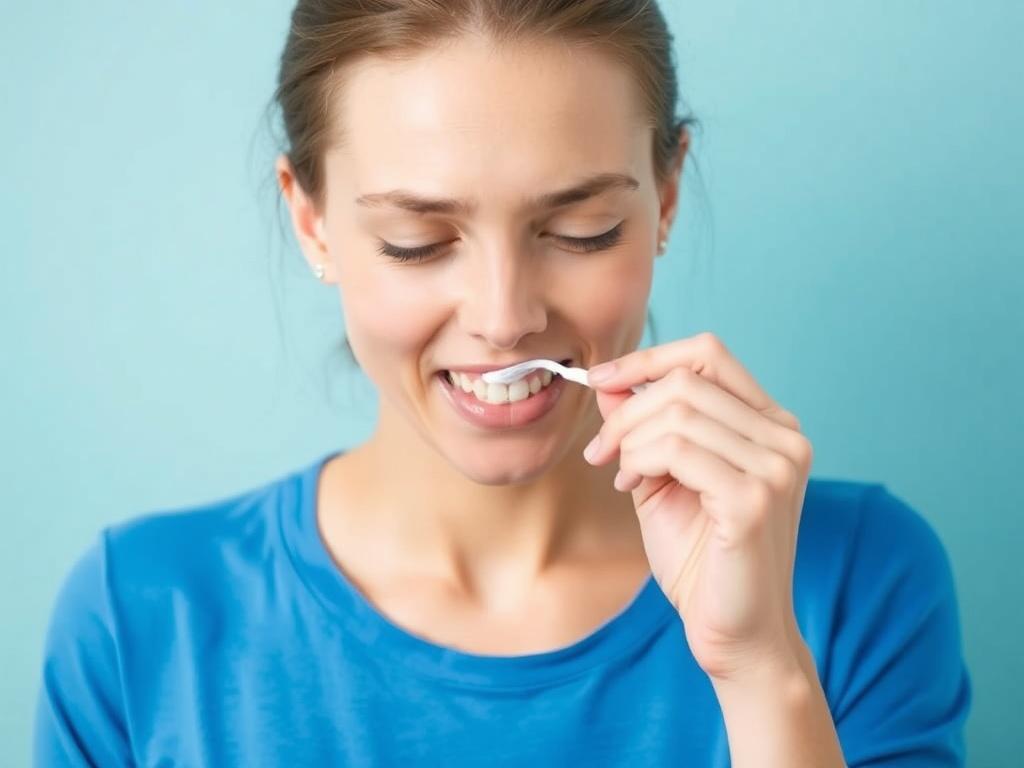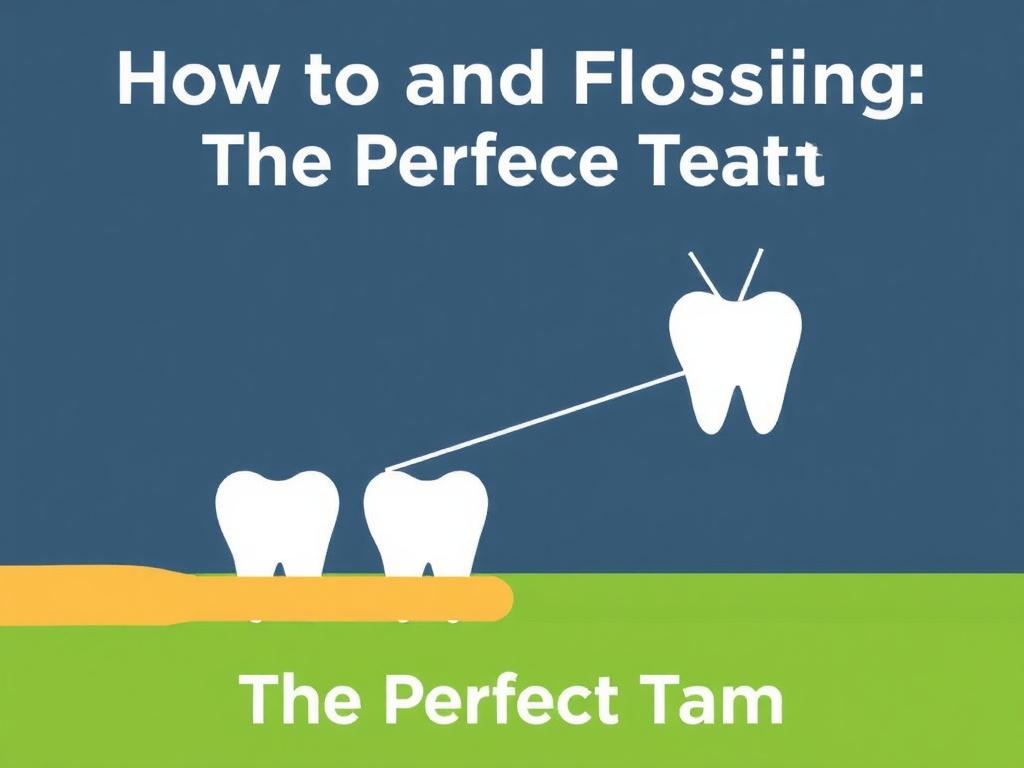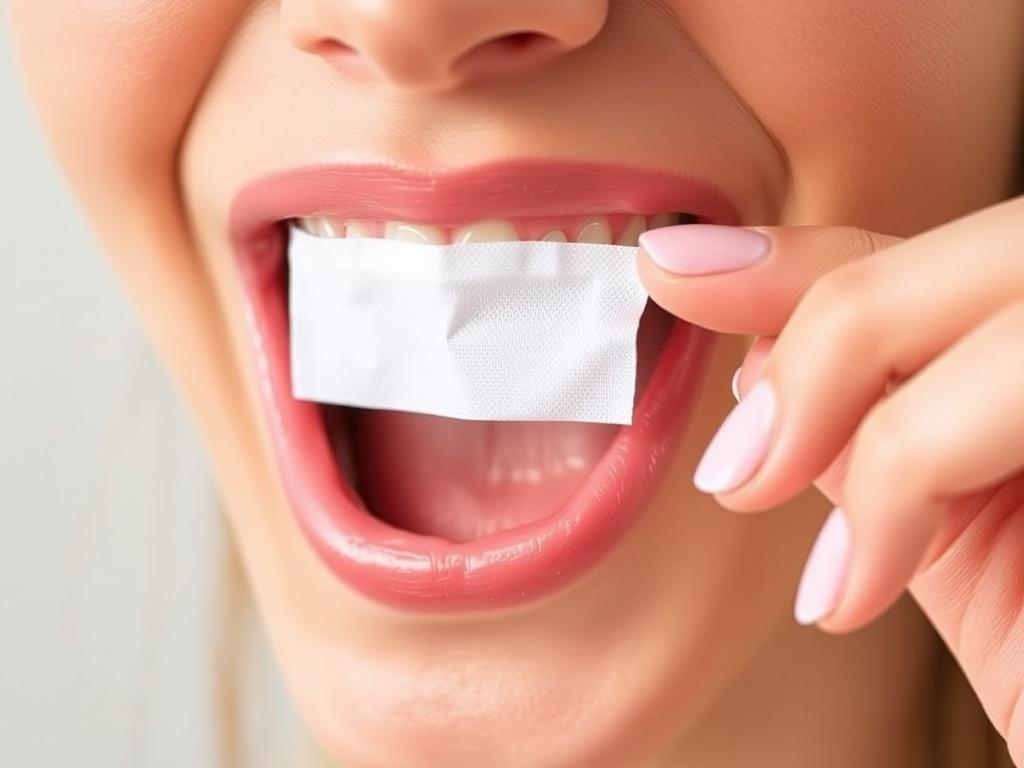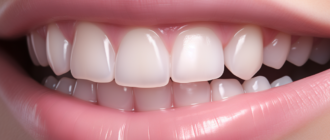Flossing is one of the simplest yet most effective habits you can adopt for maintaining dental health. Despite its importance, many people either skip flossing or don’t know how to floss correctly. If you’ve ever wondered about the right technique, the benefits, or why flossing matters, this comprehensive guide will walk you through everything step by step. Whether you’re a flossing beginner or just looking to improve your routine, you’ll soon discover how to floss correctly to achieve fresher breath, healthier gums, and brighter teeth.
Содержание
- 1 Why Flossing is Essential for Your Oral Health
- 2 Getting Started: What You Need to Know About Floss Types
- 3 The Step-By-Step Guide to How to Floss Correctly
- 4 When and How Often Should You Floss?
- 5 Flossing and Special Dental Situations
- 6 How Flossing Benefits Your Whole Body
- 7 Brushing and Flossing: The Perfect Team
- 8 Addressing Common Concerns About Flossing
- 9 Extra Tools to Help You Floss Better
Why Flossing is Essential for Your Oral Health
Brushing your teeth only cleans the surfaces you can reach easily, but it misses the tight spaces between your teeth where food particles and plaque like to hide. Flossing targets these hidden areas, helping to remove buildup that can lead to cavities, gum disease, and bad breath. If you want a clean and healthy mouth, flossing correctly is not optional — it’s necessary.
Many people wonder why flossing matters so much. Here’s why:
- Reduces plaque buildup that causes cavities and gum disease
- Prevents bad breath caused by trapped food particles and bacteria
- Promotes healthier gums and reduces inflammation
- Helps maintain overall oral hygiene and freshness
When you floss regularly and properly, you’re ensuring that those pesky spaces between your teeth aren’t neglected. Think of flossing like a mini-cleaning crew sneaking between each tooth, keeping your smile sparkling and your mouth feeling fresh.
Getting Started: What You Need to Know About Floss Types
0
Before jumping into the flossing technique, it helps to know that not all flosses are created equal. With so many options available, you might want to explore which kind suits your needs. The main types of floss include:
| Type of Floss | Description | Best For |
|---|---|---|
| Waxed Floss | Glides more easily between tight teeth, coated with a thin layer of wax | People with tightly spaced teeth |
| Unwaxed Floss | Thinner and may remove more plaque but can fray or shred | Those who prefer a natural feel and have wider gaps between teeth |
| Dental Tape | Wider and flatter than regular floss, less likely to cut gums | People with sensitive gums or large gaps between teeth |
| Pre-threaded Floss Picks | Small plastic tools with a bit of floss already in place | People who find traditional flossing challenging or want convenience |
| Water Flossers | Use a stream of water to clean between teeth and below the gumline | Individuals with braces, implants, or those who dislike string floss |
Choosing the right type can make flossing easier and more enjoyable. Try a few kinds to find what fit feels best in your mouth and suits your dental needs.
The Step-By-Step Guide to How to Floss Correctly
Now to the heart of the matter — how to floss correctly. It’s not just about moving the floss up and down; technique really matters. Here’s a simple step-by-step walkthrough to master flossing:
- Cut an appropriate length: Break off about 18 to 24 inches of floss. This length lets you use a clean section for each tooth.
- Wrap the floss: Wrap most of the floss around the middle finger of one hand and the rest around the same finger on the opposite hand. This helps you maintain control.
- Hold the floss tightly: Pinch the floss tightly between your thumbs and index fingers to create a taut section about 1-2 inches long.
- Gently insert the floss: Slide the floss carefully between your teeth, avoiding snapping or forcing it to prevent damaging your gums.
- Curve the floss into a C shape: Once the floss reaches your gumline, curve it around the side of one tooth, forming a gentle C shape.
- Move the floss up and down: Slide it up and down the side of the tooth and underneath the gumline to remove plaque and debris.
- Repeat on the adjacent tooth: Don’t forget the tooth on the other side of the space.
- Use a clean section: Unwind a fresh section of floss as you move on to the next tooth space.
- Finish all teeth: Work your way around your entire mouth, including the back of the last molars.
Taking your time and being gentle is key. If you recently started flossing, don’t worry if your gums feel a little tender or bleed mildly at first — this usually improves quickly with consistent practice.
Common Mistakes to Avoid When Flossing
Even when people think they floss regularly, mistakes can reduce the benefits or cause discomfort. Here’s what to watch out for:
- Flossing too aggressively: Snapping or forcing floss can injure gums and cause soreness.
- Not flossing every space: Skipping certain teeth leaves plaque behind and limits effectiveness.
- Using the same floss section for multiple teeth: This spreads bacteria rather than removing it.
- Flossing only once in a while: Inconsistent flossing won’t prevent gum disease or cavities effectively.
By correcting these habits, you’ll see more positive results and experience less irritation.
When and How Often Should You Floss?
Another frequent question is, «When should I floss?» Researchers and dental experts generally recommend flossing at least once a day. Ideally, floss before bedtime after your last meal or snack, so you remove any food particles trapped throughout the day.
Most people prefer flossing at night, but whether you choose morning or night, consistency matters most. Regular flossing becomes a painless, easy habit and plays a huge role in preventing gum disease and tooth decay.
Tips to Make Flossing a Habit
Creating a daily flossing routine can be tricky, especially if you’re used to skipping it. Here are some easy tips to help:
- Keep floss visible: Store your floss in a location where you’ll see it regularly, like beside your toothbrush.
- Set a reminder: Use phone apps or sticky notes to jog your memory.
- Start small: If flossing all teeth feels overwhelming, begin with a few teeth and gradually increase.
- Reward yourself: Celebrate milestones to stay motivated.
- Try different types: Swap in floss picks or water flossers if traditional floss is frustrating.
Finding what works best for you is part of the journey to a healthy smile.
Flossing and Special Dental Situations
Certain situations require a little extra flossing care, from braces to dental implants. Here’s how to adapt:
- Braces and orthodontic appliances: Use special floss threaders or orthodontic floss designed to navigate wires and brackets.
- Bridges and crowns: Floss picks or interdental brushes can clean around dental work more easily.
- Dental implants: Floss carefully around implants and consult your dentist for specialized flossing tools.
- Sensitive or bleeding gums: Switch to softer floss or water flossers and be gentle until gums improve.
If you have any doubt, ask your dental professional for a hands-on demonstration tailored to your needs.
How Flossing Benefits Your Whole Body

You might not realize it, but flossing correctly doesn’t just improve your mouth health; it also benefits your entire body. Studies have found links between gum disease and conditions such as heart disease, diabetes, and stroke. Since flossing helps prevent gum inflammation and infection, it plays a role in lowering your risk for these chronic health problems.
Keeping your mouth clean means harmful bacteria are less likely to enter your bloodstream, helping safeguard your overall health. In this sense, flossing is an investment not just in your teeth but in your wellbeing as a whole.
Brushing and Flossing: The Perfect Team

Flossing works best as part of a complete oral hygiene routine that includes brushing twice a day with fluoride toothpaste and regular dental check-ups.
| Activity | Purpose | Recommended Frequency |
|---|---|---|
| Brushing | Removes plaque and debris from tooth surfaces | At least twice a day, 2 minutes each time |
| Flossing | Removes plaque and food particles between teeth and under gums | At least once daily |
| Dental Check-up | Professional cleaning and examination | Every 6 months (or as recommended) |
Together, brushing and flossing create a one-two punch against plaque buildup and gum disease.
Addressing Common Concerns About Flossing
People sometimes hesitate to start flossing for various reasons: soreness, bleeding, difficulty handling floss, or doubts about whether it really makes a difference. Let’s clear up some of those concerns.
- Bleeding gums: Mild bleeding is common when first flossing and usually subsides. Persistently bleeding gums should be checked by a dentist.
- Flossing pain: If you floss too hard or incorrectly, you might feel pain. Be gentle and relax your hands.
- Floss hard to handle: Try floss picks or water flossers if string floss is tricky.
- Flossing isn’t worth it: Flossing has been proven to reduce gum disease and cavities. It definitely makes a difference!
With a little patience and practice, flossing quickly becomes easier and more comfortable.
Extra Tools to Help You Floss Better
If you’re looking for ways to upgrade your flossing routine, several helpful additions are available:
- Interdental brushes: Small brushes designed to clean between teeth, great for larger gaps or braces.
- Water flossers: Electronic devices that blast water to dislodge plaque and debris—especially helpful for sensitive gums.
- Floss holders and picks: Handy tools that hold floss taut and simplify use, ideal for travel or on-the-go.
- Flavored floss: Mint or cinnamon flavors can make flossing fresher and more enjoyable.
Experimenting with these products can enhance your technique and help you stay consistent.
Conclusion
Learning how to floss correctly transforms what might feel like a tedious chore into a rewarding routine that safeguards your smile for years to come. With the right technique, consistency, and floss type, you can keep your gums healthy, prevent cavities, and enjoy fresher breath. Remember, flossing is about gentle, thorough cleaning between your teeth where your brush can’t reach. Whether you stick to traditional floss, try floss picks, or explore water flossers, the most important part is making flossing a daily practice. Your mouth—and your overall health—will thank you for it. So grab that floss, take it slow, and give your teeth the care they deserve!



